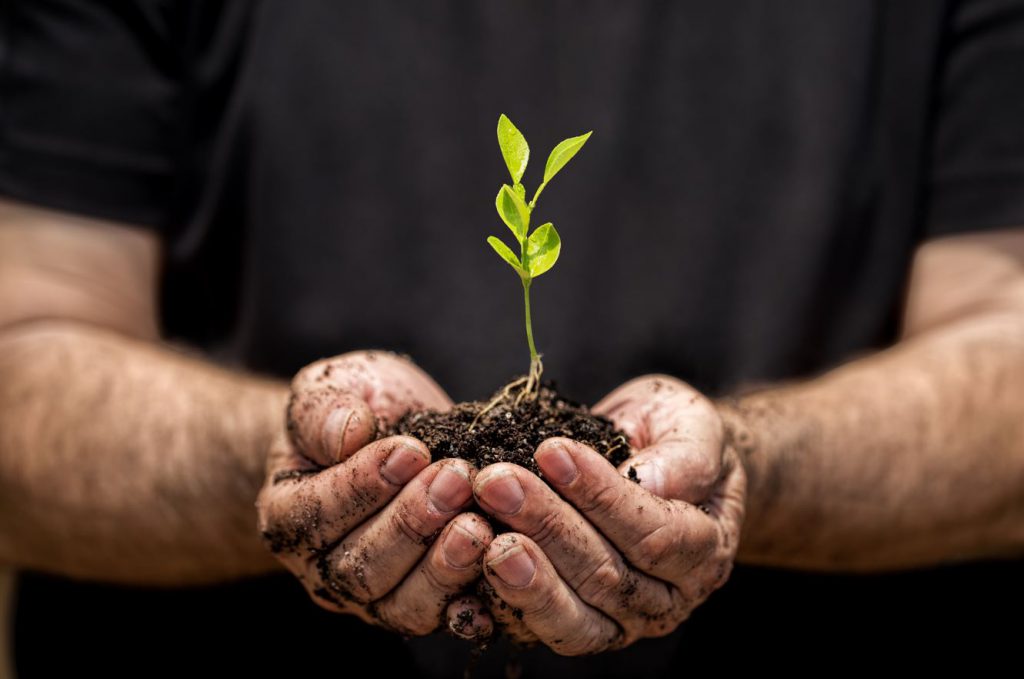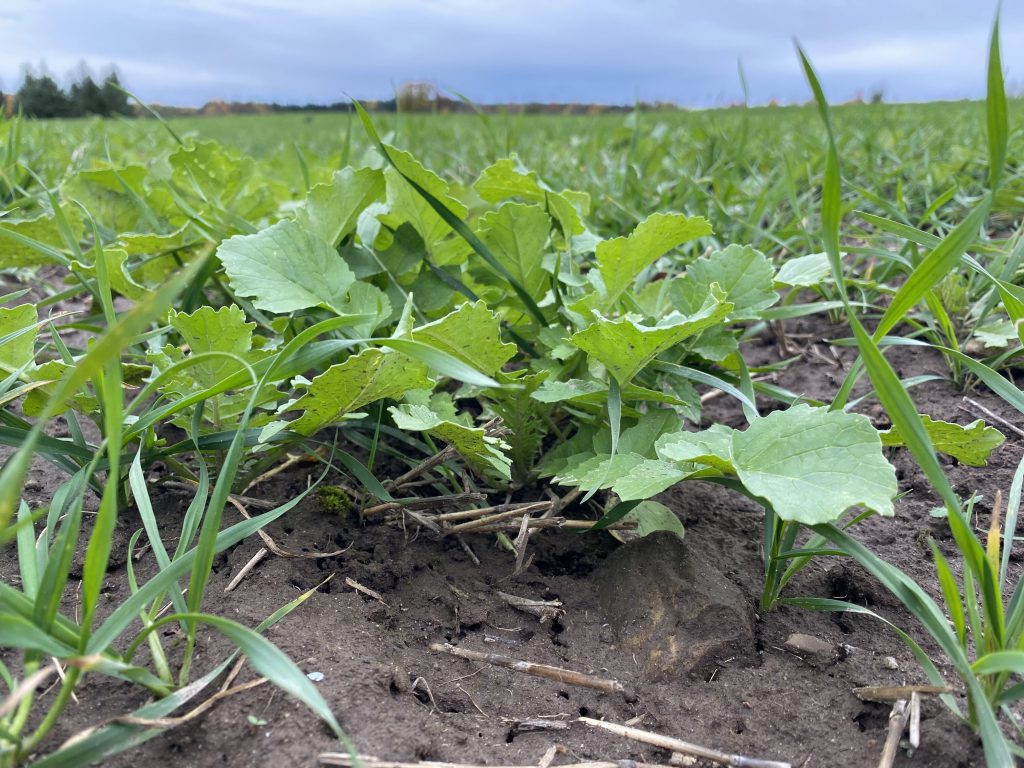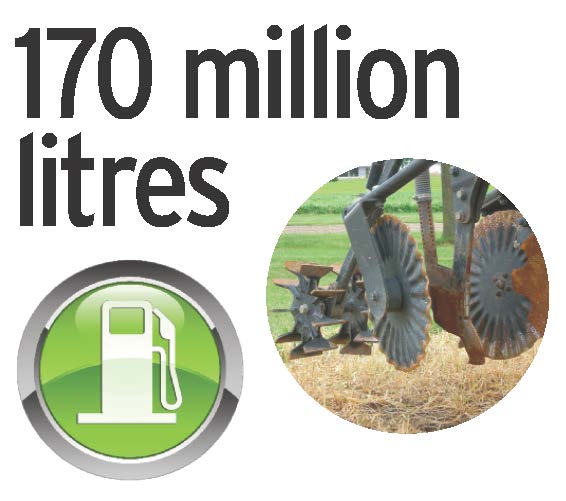Farmers and climate change

Your students have undoubtedly heard the words “climate change” and have an idea that it means the Earth is changing and we need to take better care of it. They also may have heard about the connections of agriculture and climate change, and information like farming causing greenhouse gases emissions and soil depletion. In reality, farmers are crucial to mitigating the environmental consequences of agriculture, regardless of what they grow.
Farming has always depended on weather and it is vulnerable to climate change; agricultural decline could threaten food security for millions of people. Grains are the most important foods for feeding the world’s growing population. The future of farming and global food security depends largely on grain farmers’ protection of the land.
Farmers work hard to protect the soil, water and air. Some of the things they do include:
Planting cover crops to improve soil health. Cover crops can reduce weeds, control pests, improve soil nutrients and fertility, and can prevent nutrients from running off the field. Cover crops include clover, radishes, alfalfa, winter wheat and oats.
Pictured below is a growing radish and oat cover crop mixture that was planted into wheat stubble after wheat harvest in summer 2020. Learn more about radishes as cover crops here!

Tilling less. Tilling is preparing the soil by digging or turning it over. In the past, farmers tilled every year, but stirring it up made fertile topsoil dry up and blow away. Tilling less improves microbial activity and water infiltration in the soil, and reduces the amount of fuel and fertilizer needed. Farmers are incorporating ways to plant their grains without having to turn over the soil, which helps reduce erosion and conserve the quality of the soil.
Limiting the number of times they drive on fields. Heavy farming equipment compacts the soil, which means less air in it and reduced ability to drain off excess water. Farmers are looking for innovative ways to plant, care for and harvest grains that include less time driving equipment over the fields. In planting, farmers can plant the seeds and apply fertilizers at the same time which allows them to drive over the field less times. Also, using equipment less, creates fewer emissions.
In fact, conservation tillage in Canada saves more than 170 million liters of fuel from being burned!

Applying pesticides and fertilizers only when needed, not as a routine practice. Controlling pests (like weeds, diseases and insects) with pesticides protects crops from being destroyed. Depending on their farm, farmers can apply organic or synthetic pesticides, but they only apply them where and when they are needed. Fertilizers bring essential nutrients to plants and help replenish the soil as a crop uses the nutrients.
Using modern technology, such as satellite imagery to inspect their fields. Technology allows grain farmers to understand how agriculture impacts resources and to collect data they can apply to sustainable farm management. By better understanding how their grains are growing, they can make informed decisions to protect local resources and keep the soils healthy.
Canada has roughly 39 million hectares of arable land. A hectare is 10,000 sq m—think of a perfect square, 100 m by 100 m. Out of Canada’s total land mass, those 39 million hectares represent slightly more than 7% – that’s the land suitable for agriculture (Statistics Canada). The amount is so small because of our climate, geography and terrain. And only 3.2% of Canadian land is suitable for growing grains. Protecting the land and climate is very important to grain farmers; they’re working hard to preserve our resources.



